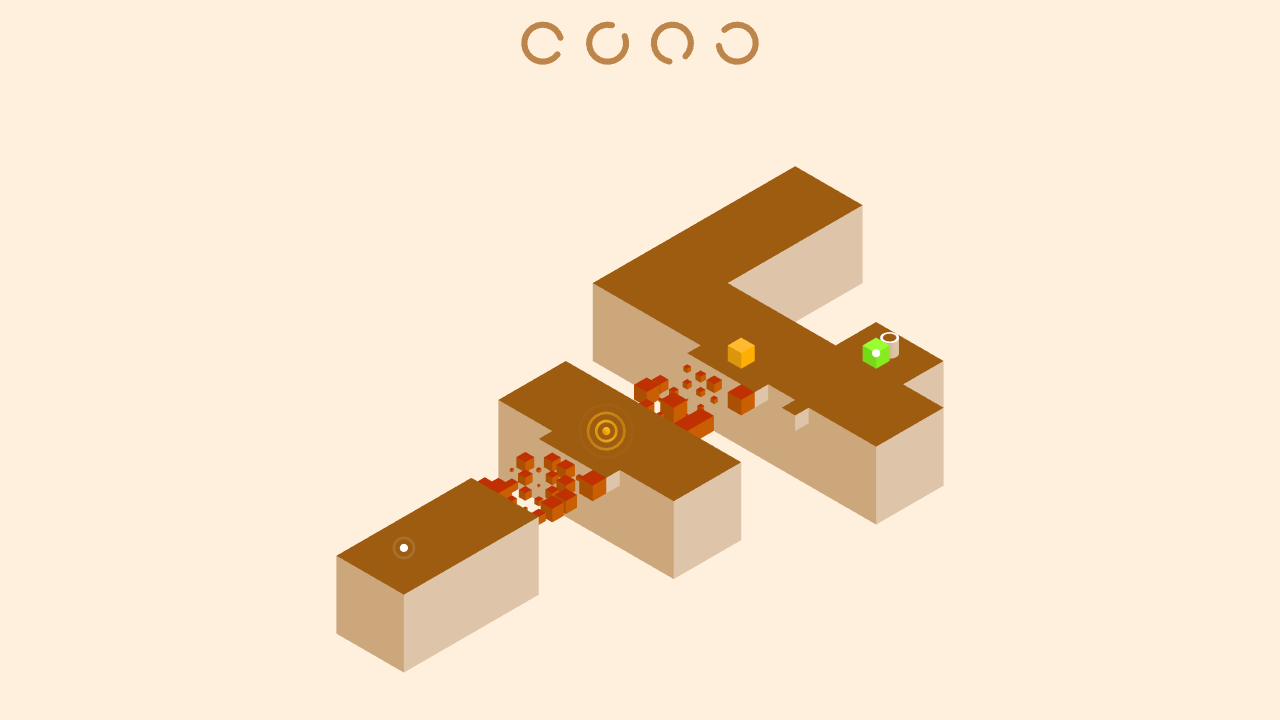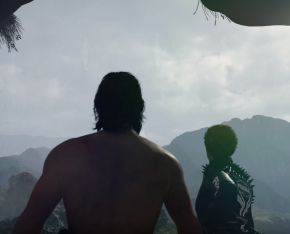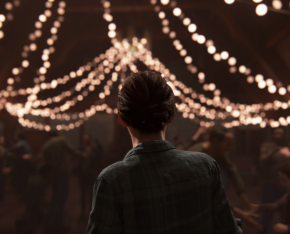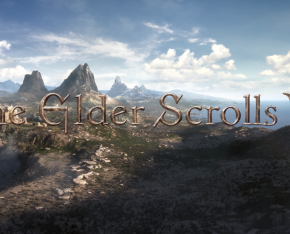By Simon Moore on October 1, 2014 at 4:00pm
Attending the EGX event this past week was a fantastic experience, not just because I got to try out the latest and greatest AAA titles that are coming our way, but also because I got to take the opportunity to speak to developers. More importantly, I spoke with developers in the indie scene. This won’t be new to those of you who have been here before, but for those who haven’t, I write a piece called "Eye on Indie:" a section dedicated to presenting you with the smaller world of indie games the casual programmer invents and the hobby development teams who bring those ideas into reality.
Building on my love of the indie scene, I spent quite a bit of time in the Leftfield Collection at EGX, a place I felt very at home - a section of the event dedicated to indie gaming and a place I could get my hands on some interesting titles, as well as meeting the guys and girls who have made the titles.
First on the list of visits was with Bryan Gale, former senior game developer at Bossa and Playfish studios who transformed into an independent guru. Gale currently focuses his attention on “Induction,” a puzzle game about time travel. In "Induction," every action has a reaction, cause and effect, with an ability to slide through time so you can resolve paradoxes to solve each puzzle. You must learn to make use of multiple versions of yourself in order to cross the puzzles and get to the end of each level.
The concept and theory for Gale's version of time travel was not something that was pulled together in an evening. Though the production has been going for around 12 months, around 6 months of that was dedicated to coming up with the right method of time travel.
Player Theory: How have you found making a game based on this version of time travel?
Bryan Gale: it was difficult to find an idea of time travel that feels right to me - one that doesn’t confuse the player but still gives interesting puzzles.

Having now played the game I can say first hand that it works, this idea and concept of time travel fit the puzzle style ad really challenges you to think outside the box and plan your moves in advance. It’s a game that makes you think about the puzzles and not just about why things are happening. Too often games and stories warp into something waylaid and convoluted by twisting time travel plots, tales that you really have to work hard at figuring out. In "Induction," however, time travel is merely the platform for your success. You’re not interested in why your time traveling, nor do you need to know how. You’re not trying to save the cheerleader to save the world. You simply need to understand that it’s there to help you and get you to your objective. It all felt very natural.
Something which I strongly believe aids this title in its attempt to present an understandable version of time travel and show it in a way that’s easy but still fun is the art style. When playing, you can see that it’s a puzzle game from the very start. The images are crisp and clear, and the objectives and directions are easy to follow. With the simple art direction, even someone unfamiliar the mechanic of puzzle solving and style of play will know what they are doing and can see clearly the direction they need to travel. You’re a cube moving on a larger platform, pushing cylinders around to activate platforms and using past versions of yourself to escape the level. You won’t struggle with having too much detail on the screen, and what is present is easy on the eye and fits the very minimalistic world you inhabit. The art compliments the gameplay, which is a difficult thing to achieve in a puzzle title, but when you do, it enhances the experience. However, the current product wasn’t how “Induction” always looked. Gale offered an insight into that decision.
PT: What drew you to this particular art style?
BG: The Cubes are driven by the fact that I’m not an artist. My background is in coding, having spent five years in the games industry. It had to be cubes, because that’s what I can do. It’s taken several iterations to get to this stage. In fact, a very early version was flat black backgrounds and grey cubes rolling around, and that was it for a while. I found it a bit drab, but it was a recent change to the varying color schemes when you travel in time, and it’s been received well.
The gameplay itself is easy to follow. The game pay homage to long combo abilities or tricky controls, because that’s not what this game has nor what it needs. You move around a 2.5D platform in one of four directions, and you move objects in order to open paths for you. When you need to travel in time it’s only a press of a button. The colors of the world change, so it’s not easy to forget you’re traveled. It’s also pretty hard to miss the other little cube following in your footsteps. On each zone/level, everything you need on screen displays, and the exit is not hidden. You’ve just got to work out how you get there. Through use of your alternative versions or by moving objects onto specific points that act as pressure plates, you’ll onto the way forward.
It’s in this element that the time travel comes into its own, because planning your movement and placement of objects is easy. It’s when you have to plan for your past selves to repeat those moves and how you will react to them that creates the real puzzles. The world resets and you do not. The point where you decide turn back time is where you will begin the next iteration, so try not to get it wrong. Your time is limited by how fast you placed your first move. That’s another interesting concept to take into consideration; you not only plan the route of your moves but also the timing of them. In one scenario, two pressure plates need to be activated. The original version pushes the cylinder onto the first point and then must continue onto the second. In turn, this activates two bridges you can cross. Resetting time, the cylinder moves back to their original spots, and the next version of you appears and begins to move. I made the mistake of doing it too quickly and before I could get across the first bridge, the alternative me moved off the pressure plate, and I fell from the level. You be challenged and will fail, but this is what makes a puzzle game enjoyable. When you finally make it across that bridge …it’s a feeling of accomplishment.

The title is developing within the Unity platform, which has seen a large surge in the gaming community in recent years. It’s a platform many developers swear by, and it’s one that is showing it can deliver a large array of titles and variation.
BG: the original prototype for the game was in C++ and OpenGL but unity has been the best move. I was spending too much time working on stuff that wasn’t interesting. Unity takes a lot of the boring stuff out of the way for you and allowed me to bring in some more interesting elements and make it available to other platforms at the push of a button.
“Induction” was a title I had heard about prior to attending EGX and to say I am glad I met Bryan and got a chance to play the game would be an understatement. I’m a big fan of this version of time travel and to see it captured in a game and utilised in such a way was fun. Although there is currently no release date for “Induction” there are plans for it to go onto PC, Mac and Linux. Gale has big plans for his title and has made it clear he would like to see it elsewhere in the market.
BG: I’m optimistic I can get it on Steam in addition to having it on whatever consoles I can get it onto. There is a version that has been up and running on PS Vita that looks good but is still in development.
I think its important to end this with a word of advice from Gale:
PT: As a developer, what have you found has been the best help or the best advice you could give to people wanting to make their own game?
BG: Finding something I was passionate about making was key. When I felt down and the project felt like a struggle I always looked to the fact that I know I’m working on a project that I really want to be making.




